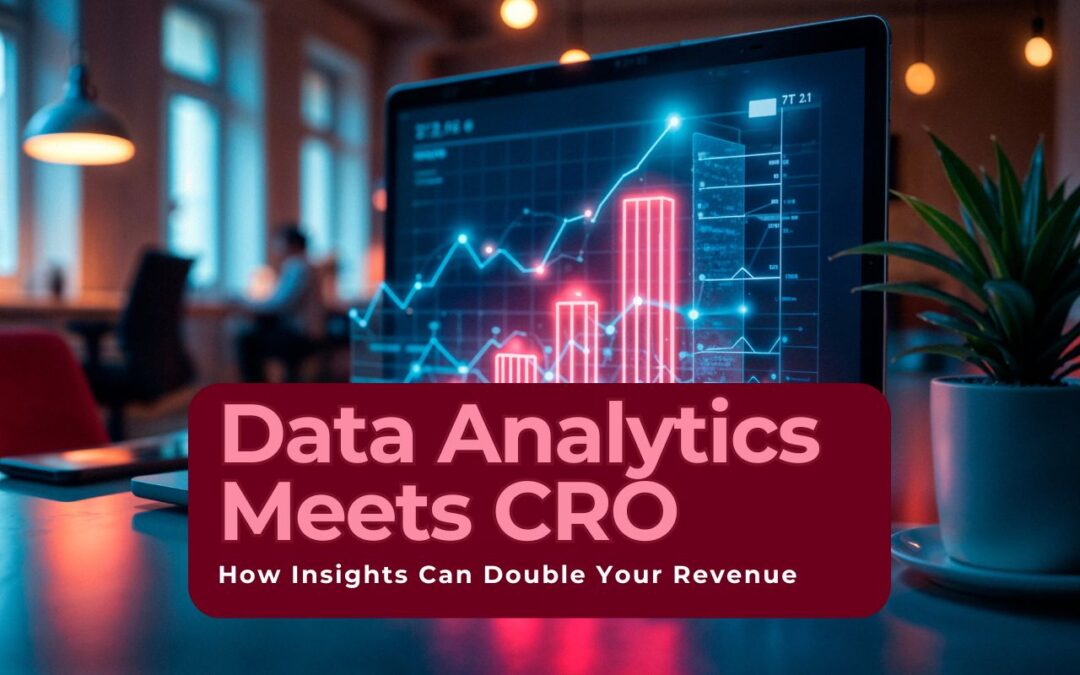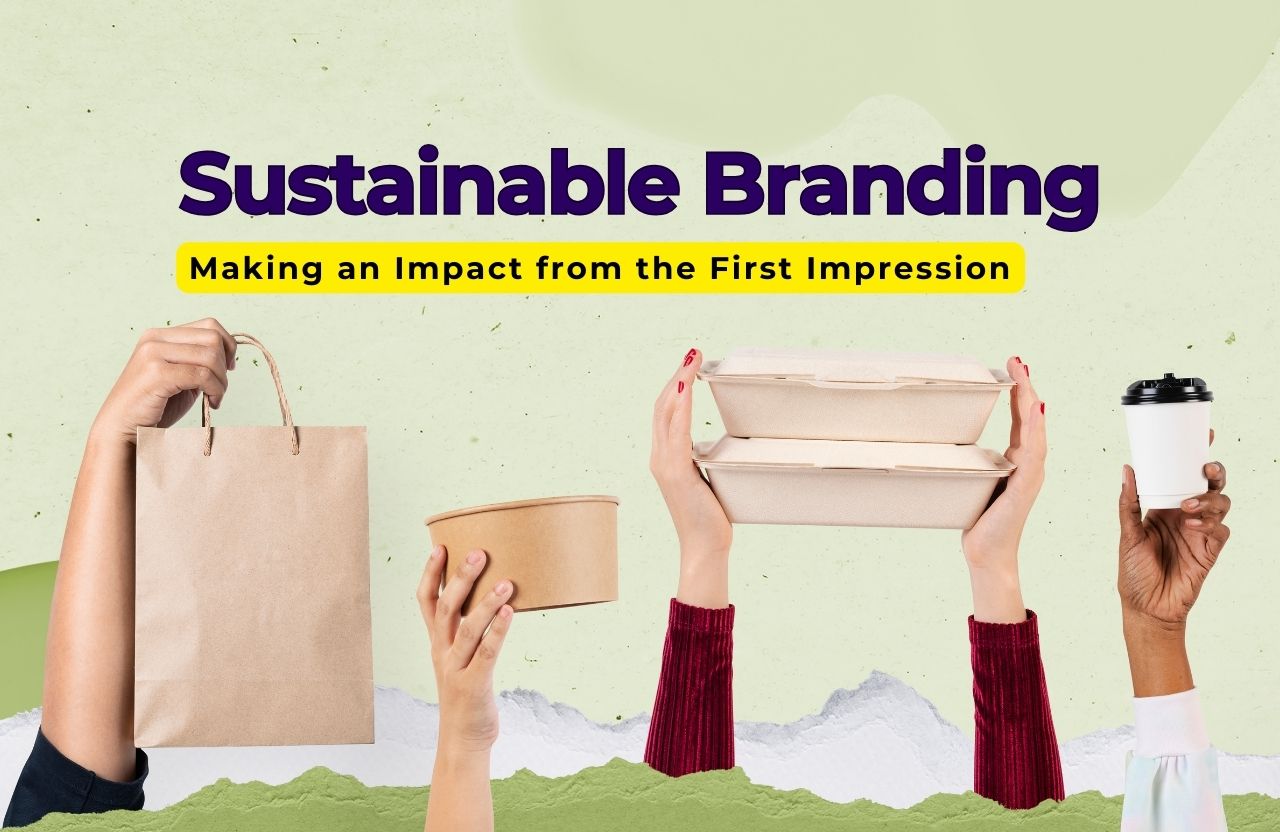In today’s hyper-competitive digital marketplace, data is more than just numbers — it’s the foundation of smart business decisions and transformative growth. When data analytics is combined with Conversion Rate Optimization (CRO), the result is a powerful synergy that can dramatically increase revenue, fine-tune customer experiences, and drive sustained growth.
This blog explores how businesses can use data analytics to elevate their CRO strategies and potentially double their revenue, even without major investments in advertising or massive site redesigns. Whether you’re running a small e-commerce store or managing a large enterprise website, the interplay between data and optimization holds the key to unlocking untapped revenue streams.
Understanding the Basics: What Is CRO and Why Does It Matter
At its core, Conversion Rate Optimization (CRO) is the process of improving the percentage of users who take a desired action on a website — whether it’s making a purchase, signing up for a newsletter, requesting a quote, or downloading a whitepaper.
While attracting traffic is essential, converting that traffic into customers is the ultimate goal. That’s where CRO becomes a game-changer.
According to a study by VentureBeat, the average ROI for CRO tools and techniques is more than 200%, demonstrating how even small tweaks in the user journey can generate significant returns.
The Role of Data Analytics in Modern Business
Data analytics involves examining data sets to draw conclusions about the information they contain. This includes identifying trends, patterns, and correlations that inform decision-making. With the rise of real-time analytics and AI-driven tools, businesses can now dig deeper into user behavior and discover insights that were previously impossible to see.
Here are some key areas where data analytics plays a role in driving conversions:
- User behavior analysis
- Funnel drop-off identification
- Traffic source segmentation
- Click-through rate (CTR) optimization
- Session duration and heat mapping
- A/B testing outcomes
Why Combining Data Analytics with CRO Is a Revenue Multiplier
CRO without data is like flying blind. You may guess what users want, but without evidence, you’re making assumptions that can lead to wasted time and money.
On the other hand, when data analytics informs every CRO decision, you begin to understand the real reasons users abandon their carts, exit landing pages, or skip key calls to action.
Real-World Impact:
According to a report by Forrester, data-driven companies are 23 times more likely to acquire customers and 19 times more likely to be profitable. These statistics highlight the undeniable connection between analytics, optimization, and business growth.
Key Data Insights That Drive CRO Success
1. User Behavior and Engagement Metrics
Start by examining key behavioral data such as bounce rate, session duration, and scroll depth. These metrics reveal how users interact with your content and where they drop off.
Example:
- A high bounce rate on a pricing page may indicate that users don’t find your offer compelling or clear.
- Low scroll depth on blog content may signal poor formatting or irrelevant content.
2. Traffic Source Performance
Understanding which channels drive high-converting traffic (organic, direct, referral, social, paid, etc.) allows you to allocate marketing resources more effectively.
For instance, if organic search leads to a 5% conversion rate while paid ads result in only 1%, your CRO efforts should focus on optimizing the landing pages tied to organic content and reducing bounce rates further.
3. Audience Segmentation
Segment your audience by device type, location, demographics, and behavior. Each group may respond differently to your content and design. Personalized experiences for each segment can boost conversions significantly.
A report from McKinsey states that personalization can lift sales by 10% or more, and data analytics makes such personalization possible at scale.
4. Customer Journey Mapping
Track how users move through your site — from landing to checkout. Use this map to spot friction points and leaks in the funnel. Are users abandoning carts at the payment page? Are they getting stuck on product filters?
Such detailed analysis can inform CRO changes like streamlining forms, improving navigation, or redesigning product pages.
How to Apply Data Analytics to Your CRO Strategy
Now let’s explore how businesses can practically combine data analytics with CRO to drive real growth.
Step 1: Define Clear Conversion Goals
Before diving into data, clarify what conversion means for your business. It could be sales, form fills, email subscriptions, or product trials. Each goal needs tailored analytics to track performance.
Step 2: Implement Tracking Mechanisms
Use analytics tools to collect user behavior data across your digital assets. While we won’t mention brand names, ensure you’re tracking:
- Click paths
- Conversion funnels
- Event interactions
- Page timings
- Exit rates
Step 3: Analyze and Segment the Data
Once you gather the data, begin segmenting it to identify trends:
- Which devices convert best?
- Do returning users behave differently from new visitors?
- Are certain campaigns driving more engagement?
This level of granularity helps avoid one-size-fits-all solutions and allows for targeted optimization.
Step 4: Identify Friction Points
Use behavioral data to identify which parts of the customer journey create obstacles. If users drop off just before checkout, investigate load times, pricing clarity, or mobile responsiveness.
Eliminating friction is often more effective than increasing traffic.
Step 5: Test Hypotheses with A/B Testing
Instead of assuming what works, test different versions of your web pages. Try changes in:
- Headline copy
- Button placements
- Product imagery
- Form length
Use analytics to determine statistically significant winners. This ensures that data, not intuition, guides your CRO decisions.
Case Study Example (Human-Written Simulation)
Imagine a small online clothing retailer analyzing its checkout process. They found a 68% cart abandonment rate, which is slightly higher than the industry average of around 60-70%.
After reviewing analytics, they discovered:
- Mobile users accounted for 70% of traffic but had a lower conversion rate.
- Load times on mobile were 2x slower than on desktop.
- The checkout form asked for too much information.
They ran A/B tests, shortened the checkout form, optimized mobile load speed, and saw a 38% increase in conversions, leading to a projected revenue boost of over 90% within six months.
This is a perfect example of how data-driven CRO can almost double revenue without additional marketing spend.
The Psychological Edge: Behavioral Insights and User Intent
Data analytics also unveils psychological insights. Are users information-seeking or ready to buy? Do they respond better to scarcity messaging or social proof?
Behavioral data, such as dwell time and mouse movements, can help decode user intent. Aligning messaging with this intent boosts relevance — and thus conversions.
For example:
- Highlighting urgency may work better on time-limited products.
- Displaying reviews or testimonials builds trust for high-ticket items.
This combination of psychology and data can unlock micro-conversions (like adding to cart or watching a demo), which ultimately lead to macro-conversions (sales).
Common CRO Pitfalls (And How Analytics Helps Avoid Them)
- Relying on Gut Feelings
Without data, optimization becomes a guessing game. Data provides evidence, not opinions. - Optimizing for the Wrong Metrics
More clicks don’t always equal more revenue. Focus on bottom-line metrics, not vanity numbers. - Ignoring Mobile Users
Mobile traffic often makes up the majority of visits. Analyzing mobile-specific behavior can uncover missed opportunities. - Not Segmenting Data
CRO efforts based on average user data overlook unique segment behaviors. Personalization is key. - Lack of Iteration
CRO is ongoing. Regular analysis ensures you adapt to changes in user behavior, algorithm updates, and market trends.
The Future of Data-Driven CRO
As businesses grow increasingly reliant on digital platforms, CRO powered by analytics will only become more sophisticated. The future holds promise in areas such as:
- Predictive analytics for anticipating customer behavior
- AI-driven personalization engines
- Voice and visual search optimization
- Automated testing frameworks
- Ethical data usage for privacy-compliant insights
Companies that adopt and adapt will not only optimize conversions — they will lead their industries.
Final Thoughts: Data Is the Fuel, CRO Is the Engine
To double your revenue, you don’t need to double your traffic — you need to better understand the traffic you already have. That’s the secret power of integrating data analytics with CRO.
When data becomes your lens and optimization your method, every decision becomes smarter, every customer experience more intuitive, and every marketing dollar more impactful.
So, if you’re looking to grow — not just incrementally, but exponentially — it’s time to embrace the marriage of insights and action.













